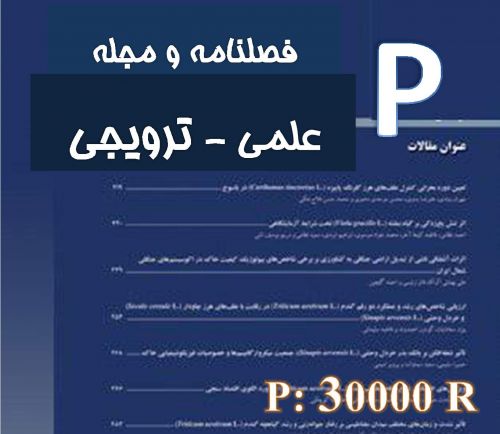One of the important principles when studying religious texts, and especially interpreting sacred texts, is to pay attention to the historical debates on whether or not the sacred text has been distorted in the course of history. In other words, to what extent are these texts valid? Shiite and Sunni scholars have raised the issue of the Qur'an's immunity from distortion and falsification in their interpretations, which is in opposite to the view of Western scholars on the issue of distortion in the Testaments. Based on a qualitative method with a content analytical approach, this research examined the reasons for the distortion or non-distortion of the Holy Qur’an and the Testaments, in line with an investigation into the issue of distortion and its dimensions. Findings show that the distortion of the Qur’an may be considered only in terms of meanings while it is completely different in the Testaments. In fact, the problem of making Testaments by humans and the historic disappearance of the Torah and the divine Bible prove that we should speak of their falsification, not distortion.
کلید واژگان :Distortion, Analytical Approach, Holy Qur’an, The Testaments
ارزش ریالی : 500000 ریال
با پرداخت الکترونیک
جزئیات مقاله
- کد شناسه : 5163977511049384
- سال انتشار : 2020
- نوع مقاله : پذیرفته شده در مجلات علمی ترویجی
- زبان : انگلیسی
- محل پذیرش : Biannual Journal Quran and Religious Enlightenment
- برگزار کنندگان :
- ISSN : 2717-4476
- تاریخ ثبت : 1400/09/27 00:35:10
- ثبت کننده : محمدشتا بدرا (دادفر)
- تعداد بازدید : 293
- تعداد فروش : 0
